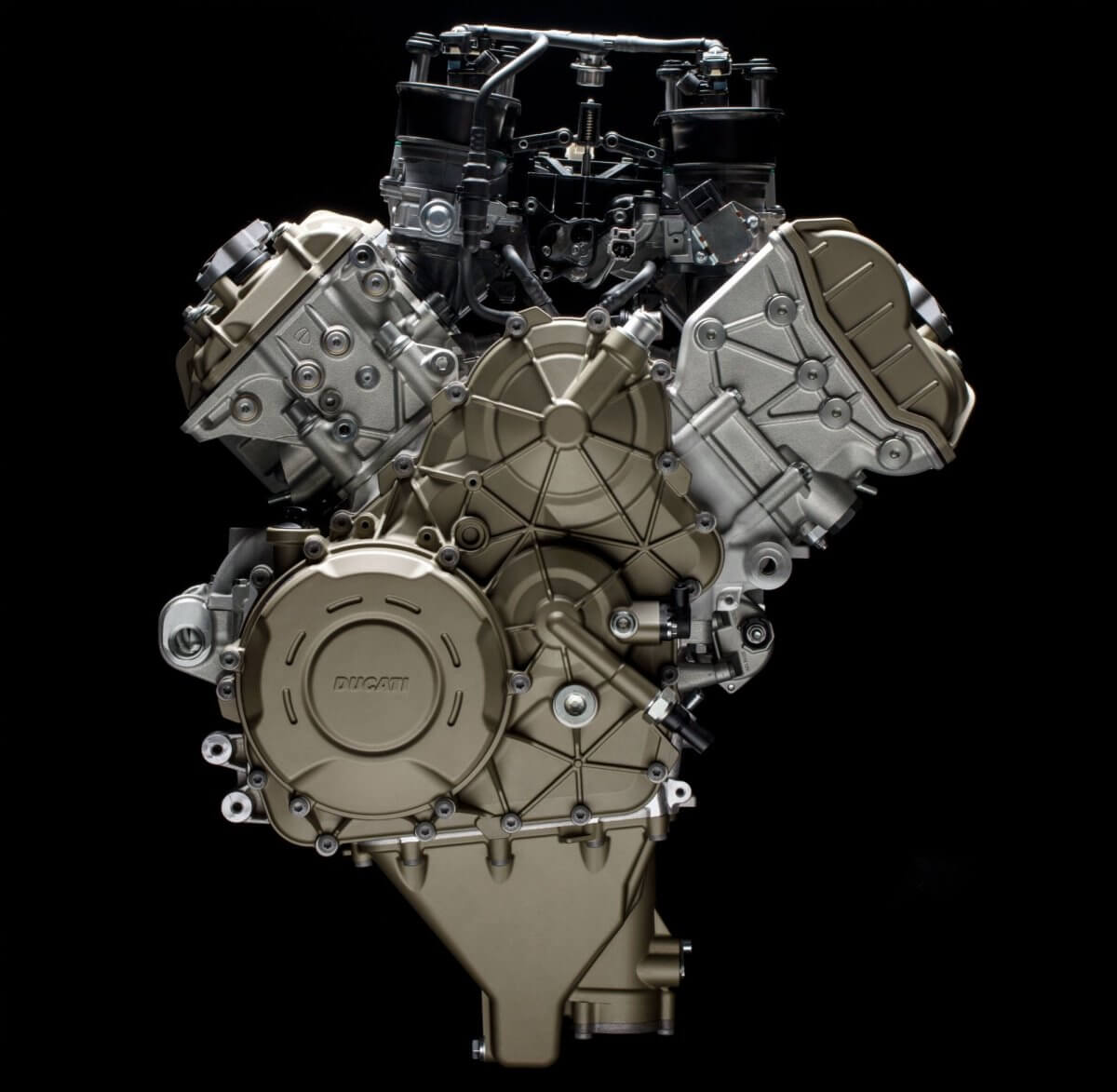Part 1: TEN BEST MOTORCYCLE ENGINES

The engine is the heart of the motorcycle; it is a fact no one could disagree with. But there are engines and then there were ENGINES.
It is those iconic powerplants that turn certain motorcycles into icons. In fact, a few of these engines went to influence those that came along years after their introductions, opening up entire spectrum of performance and production platform for the future.
Here they are, sorted by the year.
1. Honda Cub (1958)

Honda C90 engine - courtesy of www.adverts.ie
Abuse it, neglect it, run on kerosene, lubricate with cooking oil, the Honda Cub engine never seem to break. The pushrod, single-cylinder engine’s lineage can be traced all the way back to the original Super Cub in 1958.
You could still find examples of it or its successors dominating the streets of faraway South East Asian countries. The fuel-injected version is still being sold in Japan. It was the bike which introduced the semi-auto gearbox (shifting without a clutch lever or pedal) and teaches many about riding.
That solid reliability was more important than the 7 bhp and 4.8 lb. ft. it produced, as Honda has sold more than 60 million Honda Cubs and the proceeds were used to fund Honda’s racing efforts. It was simply the most successful vehicle of all time.
2. Kawasaki H1 500 (1969)

Kawasaki H1 Mach III 500 - courtesy of www.motorcyclespecs.co.za
It is said that the Kawasaki H1 was dominated by its engine, more than anything else and they were right.
The 498cc, air-cooled, two-stroke which was also known as Mach III was built primarily for the stoplight GP crazed US market and the overriding interest was power-to-weight ratio. This entailed building a powerful engine and stuffing it into the lightest chassis they could possibly make. Being a triple meant the use of a 120o crankshaft, translating to light weight clutch and gearbox, too.
The H1 weighed only 174 kg dry and the engine produced 60 bhp at 8000 RPM (remember, this was when tyres were skinny and frames were pliant). It screamed through the quarter mile at 13 seconds. Cycle World Magazine reported that it, “trounced any mass production motorcycle regardless of displacement.”
Once the tach swung above 5500 RPM, the bike gave a hard kick making it possibly the first production road legal motorcycle to wheelie uncontrollably. Scary, but that was part of the thrill.
It was this bike that put Kawasaki’s name firmly on the map as a performance motorcycle maker.
3. Honda CB750 (1969)

Honda CB750 engine - courtesy of classic-motorbikes.net
Much have been written and romanticized about the Honda CB750 and why not. Motorcycles would have been very different if not for this engine.
Four-cylinder engines have been around for many years, but they powered racebikes. So, it was a revolution when Honda unleashed the CB750 to the masses. Truth is, this 736cc inline-Four powerplant was not high tech by Honda’s own standards as it only had one overhead cam and did rev into the stratosphere. However, with 67 hp at 8000 RPM and 49 lb. ft., the bike hit 120 mph, it was faster than anything else on the road.
The CB750 was hence called “the first superbike,” but it was not just about performance that made it so popular. The engine was smooth, quiet, did not leak and reliable. It had an electric starter, five-speed transmission and four exhaust tips to show off the number of cylinders.
However, the chassis was simple as were most bikes of the era, but it was this bike which introduced the disc brake to the market.
It had long been reputed that this was the motorcycle that firmly swept the British motorcycle industry aside, besides smashing Harley-Davidson’s dominance.